Leaving the coast in our rear-view mirror, we set off east into the heart of California. We were soon surrounded by wind energy farms – hundreds and hundreds of tall turbines catching the wind. California has made a big push into renewable energy, more so than most states, with a goal of generating 100% of their electricity from ‘renewable’ sources by 2045. The state is currently around the 32% level, so they’ll need to put up a couple more wind and solar farms in the coming years.
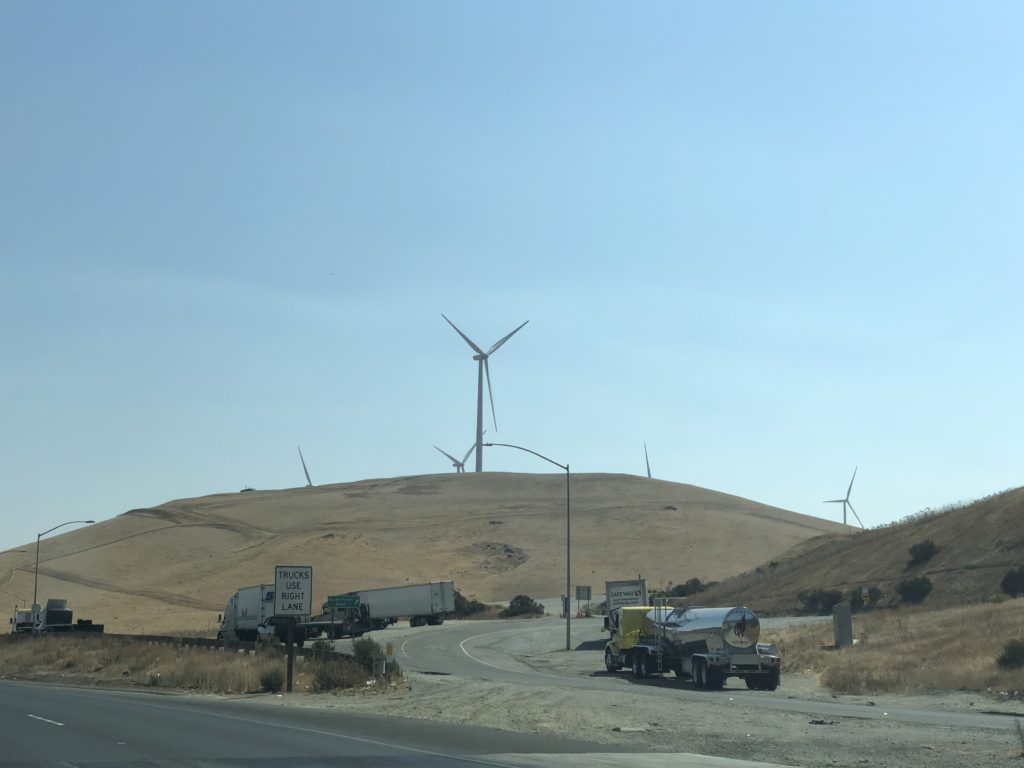
Agricultural acreage then stretched on for miles and miles and miles. The whole central Californian plain seemed full of rows and rows of different varieties of plants and trees.
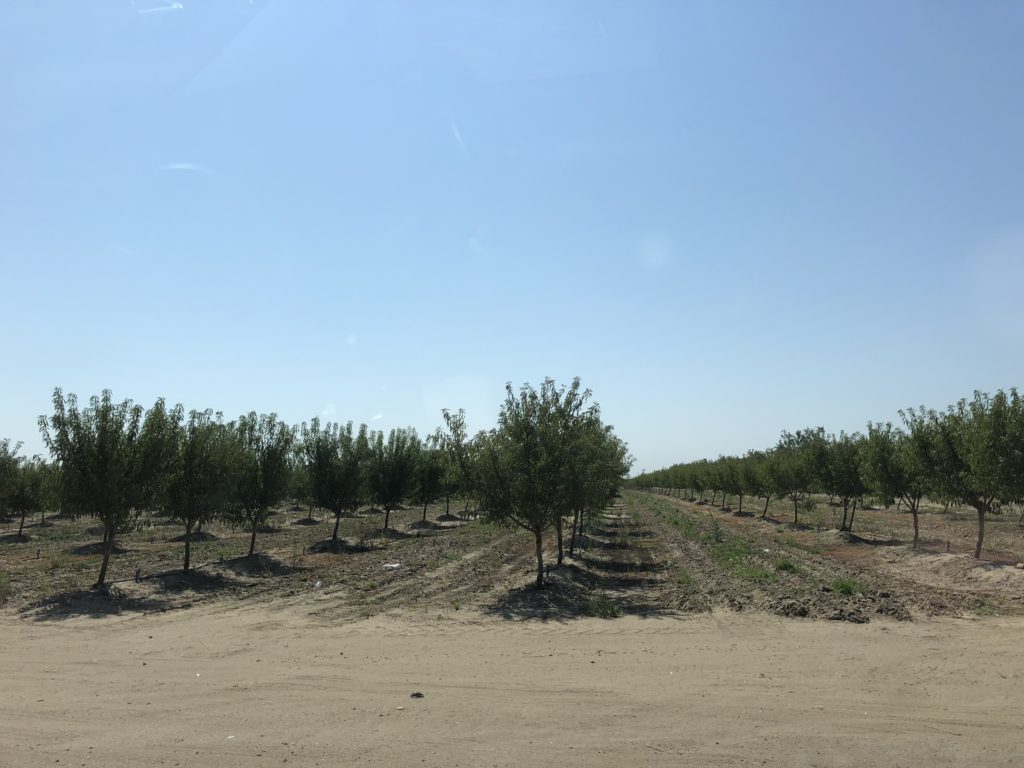
Further along, dense cultivated land gave way to beautiful rolling grasslands and hills, with herds of cows and teams of horses.
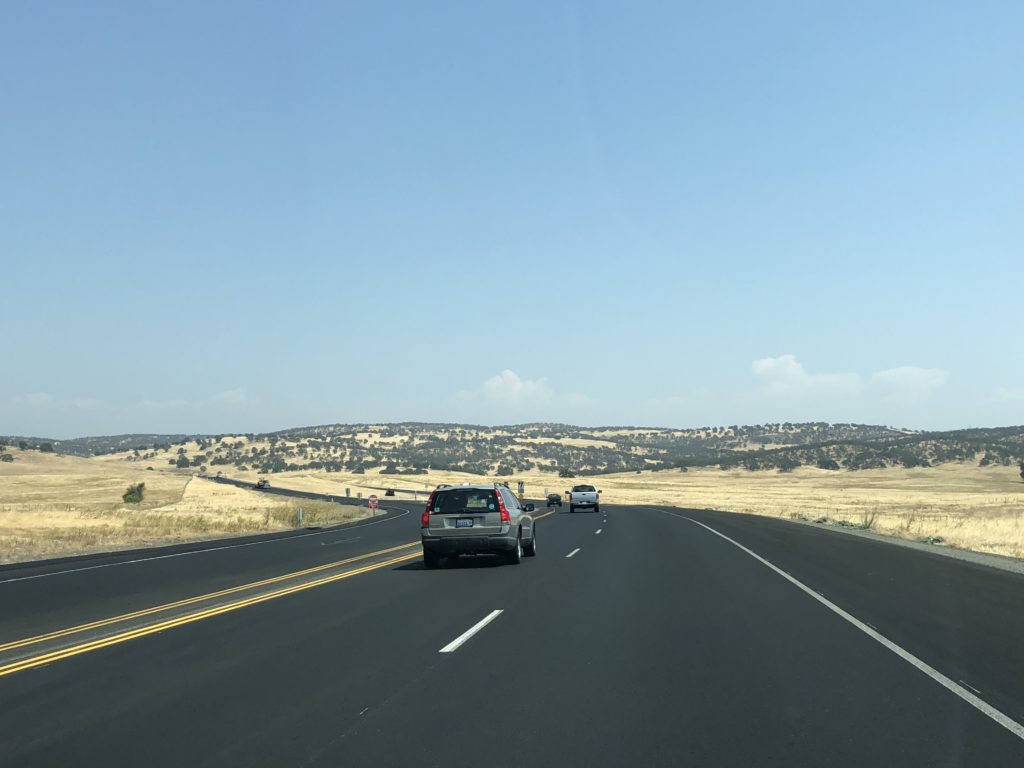
We reached the New Priest Grade Road, a section of State Route 120 with over a hundred curves and hairpin turns, and wound our way up into the foothills of the Sierra Mountains.

And finally reached Yosemite Valley in the heart of Yosemite National Park. Quite a view.

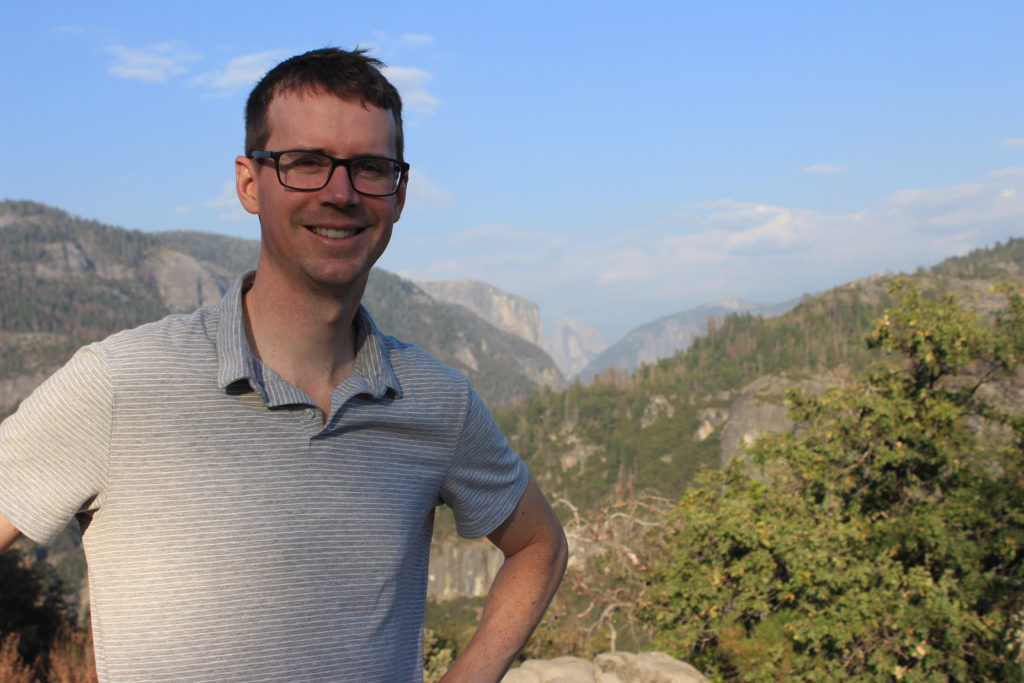
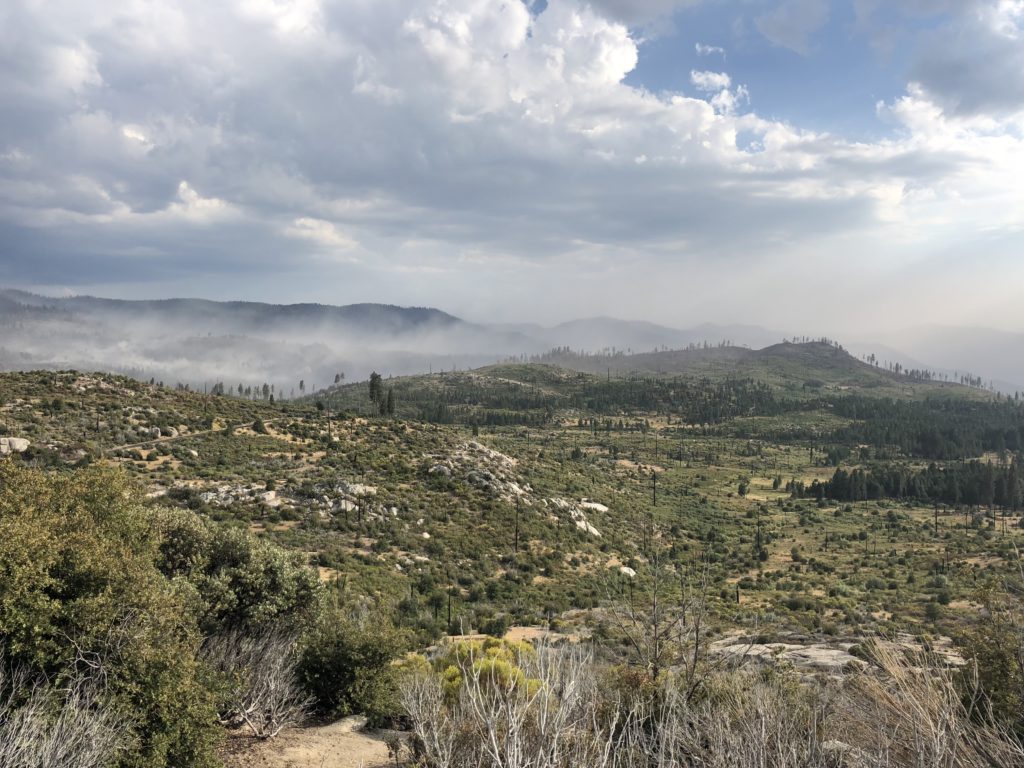
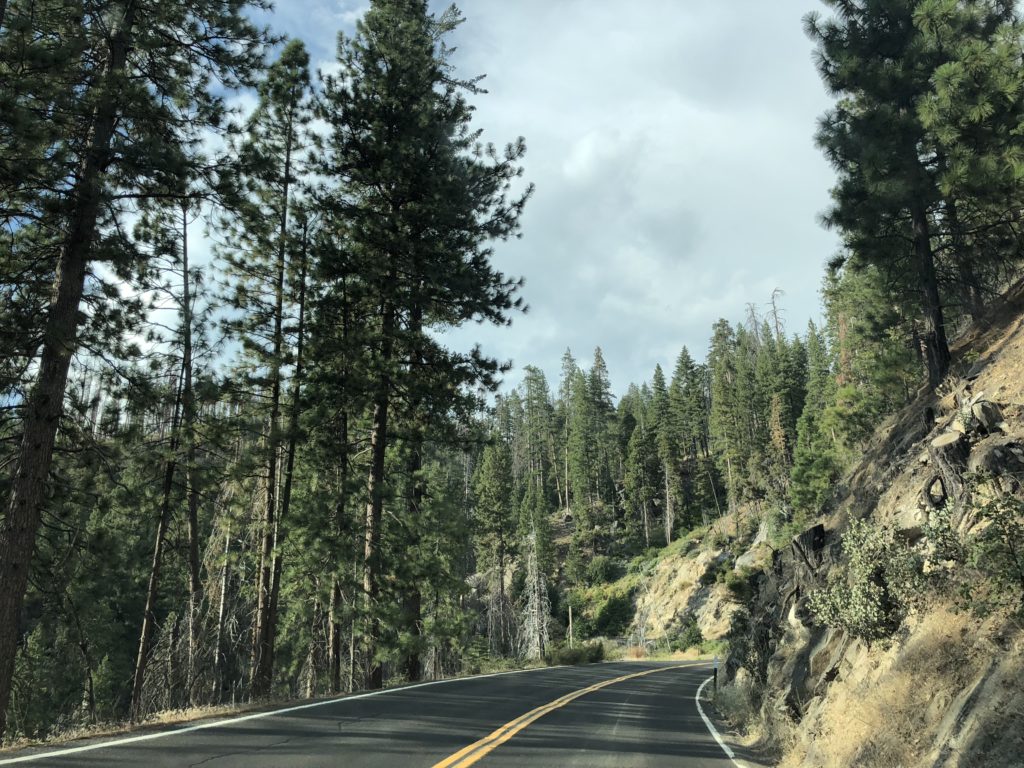

Yosemite is mostly about granite. The story goes that about 100 million years ago, the rocks that make up Yosemite Valley today were actually part of a large magma (molten rock) chamber five miles below the surface. As it was raised to the surface through a combination of plate lifting and erosion, the magma crystallized into granite. In some places, the magma cooled so slowly that it formed exceptionally strong rock with few cracks. Glacial erosion sculpted some of these sections into smooth walls, the most impressive being El Capitan.
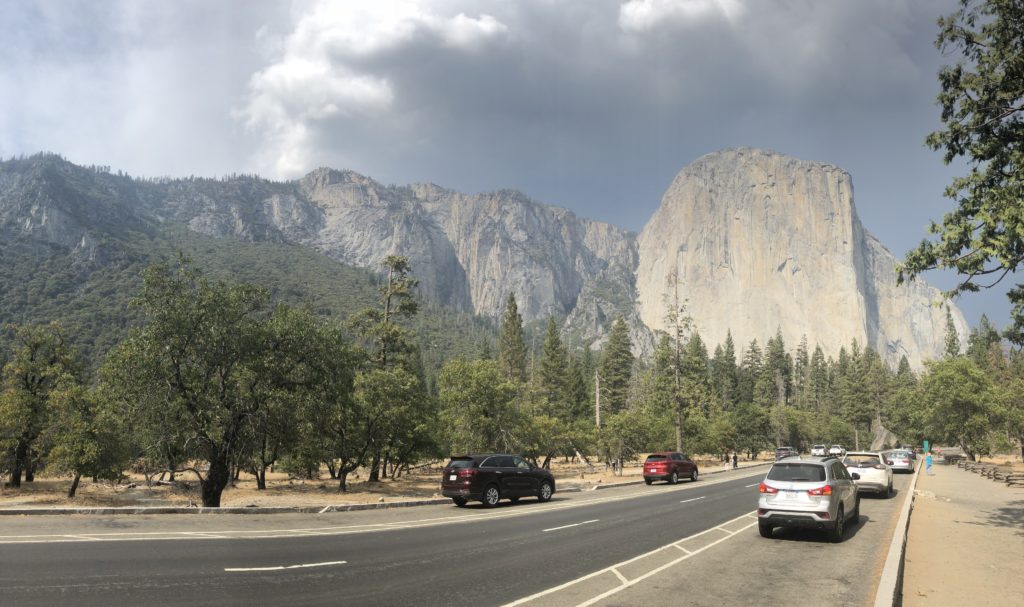
This monolith is a rock-climber’s paradise. It was first scaled in 1958, and there are now over 100 routes up the 900 metre face. Climbers look like ants crawling up the side.
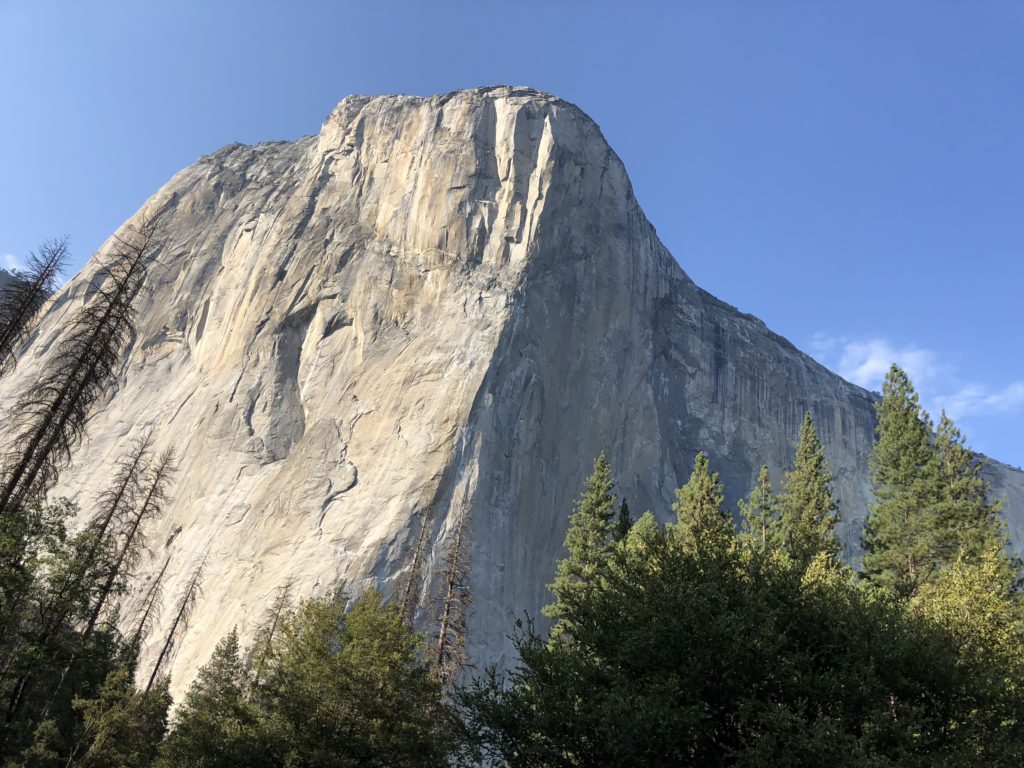
Another impressive granite face is on the other side of Yosemite Valley – “Half Dome”. It rises nearly one and a half kilometres above the valley floor.
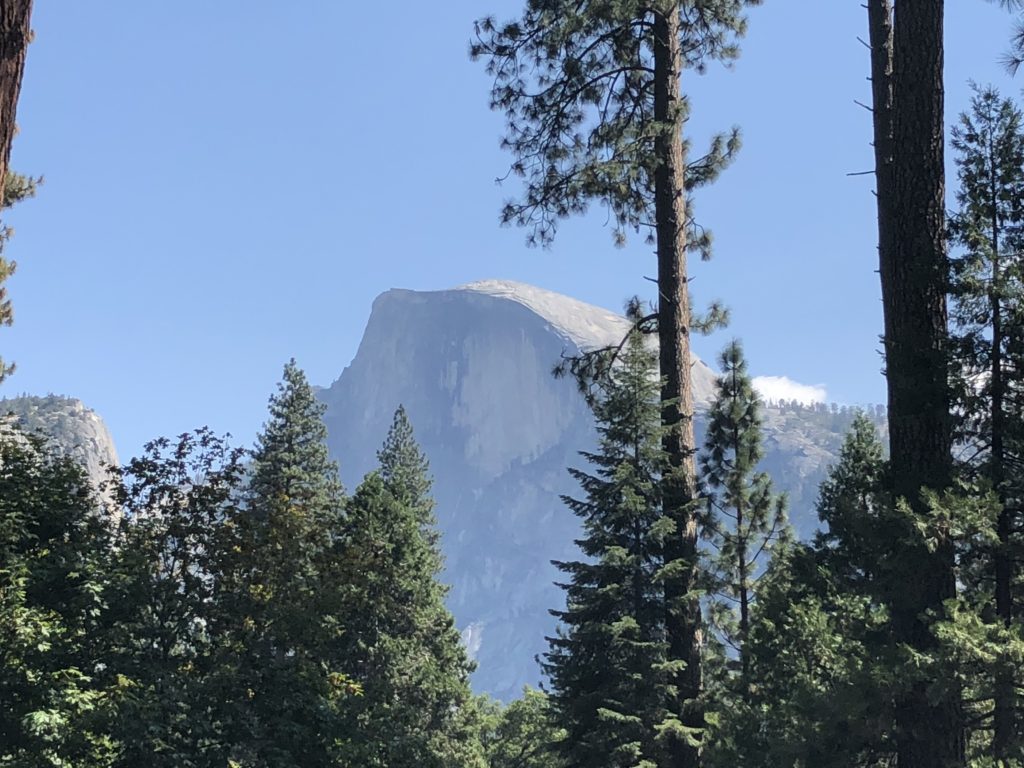
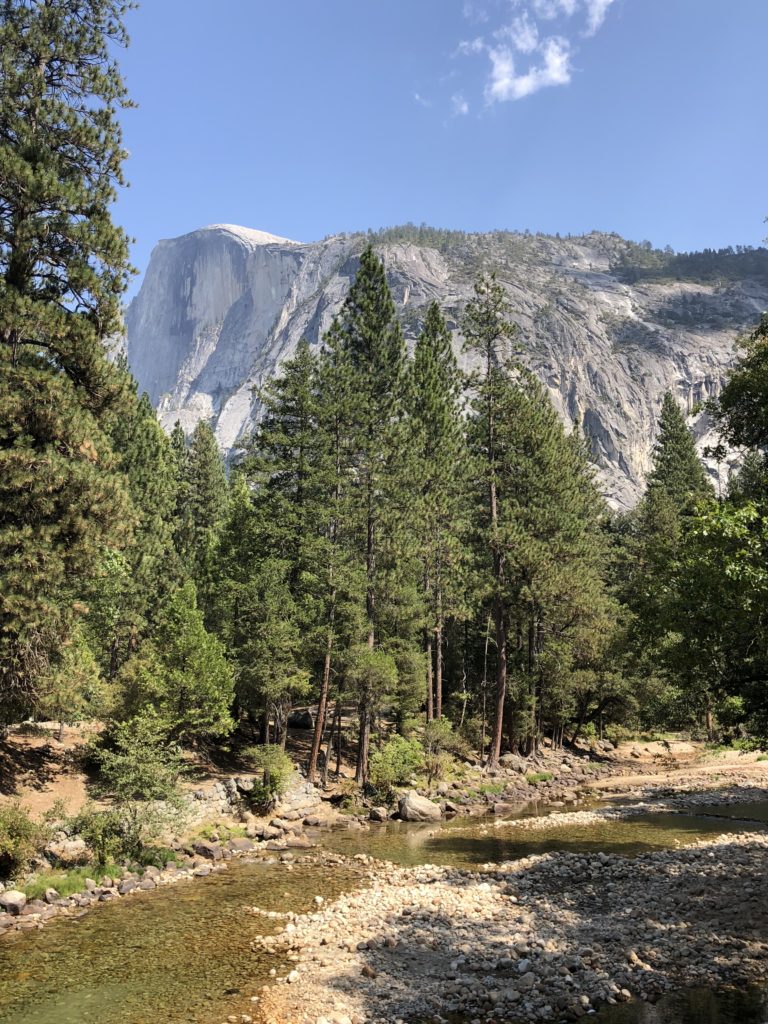
We decided to get a closer look by walking the popular Mirror Lake trail – a hike into the valley that passes below the face of Half Dome to reach Mirror Lake. While Mirror Lake is famous for the beauty of the mountain peaks reflected in its surface, it is in fact not a lake but a pool in the Tenaya Creek, a creek that dries up in the summer. We decided that Mirror Lake’s summer name should just be ‘sand’. The trail takes you past huge granite boulders strewn across the valley floor. These must have been ripped from the rocky walls by mammoth glaciers grinding their way through Yosemite valley eons ago. It’s all simply awesome.
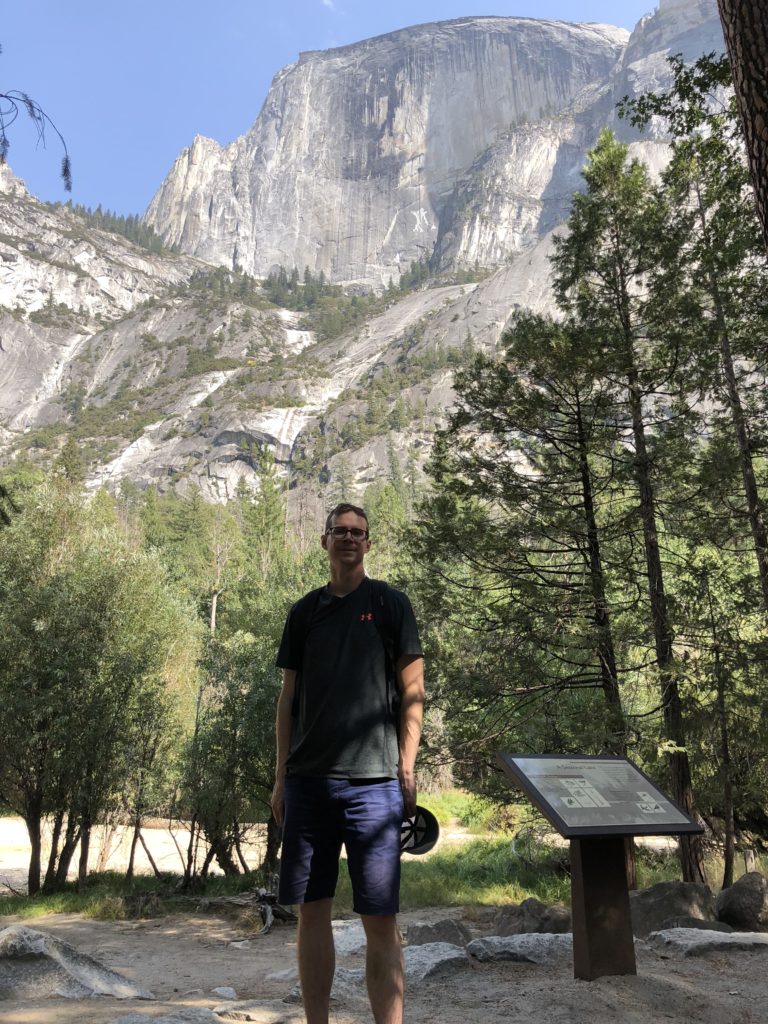
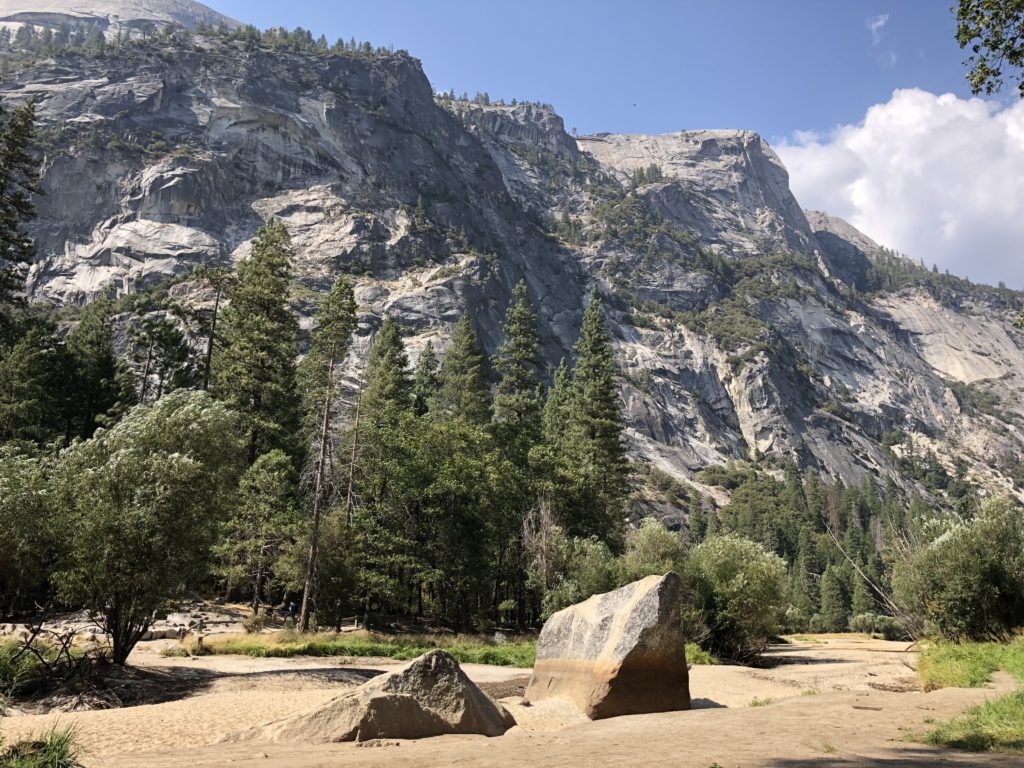
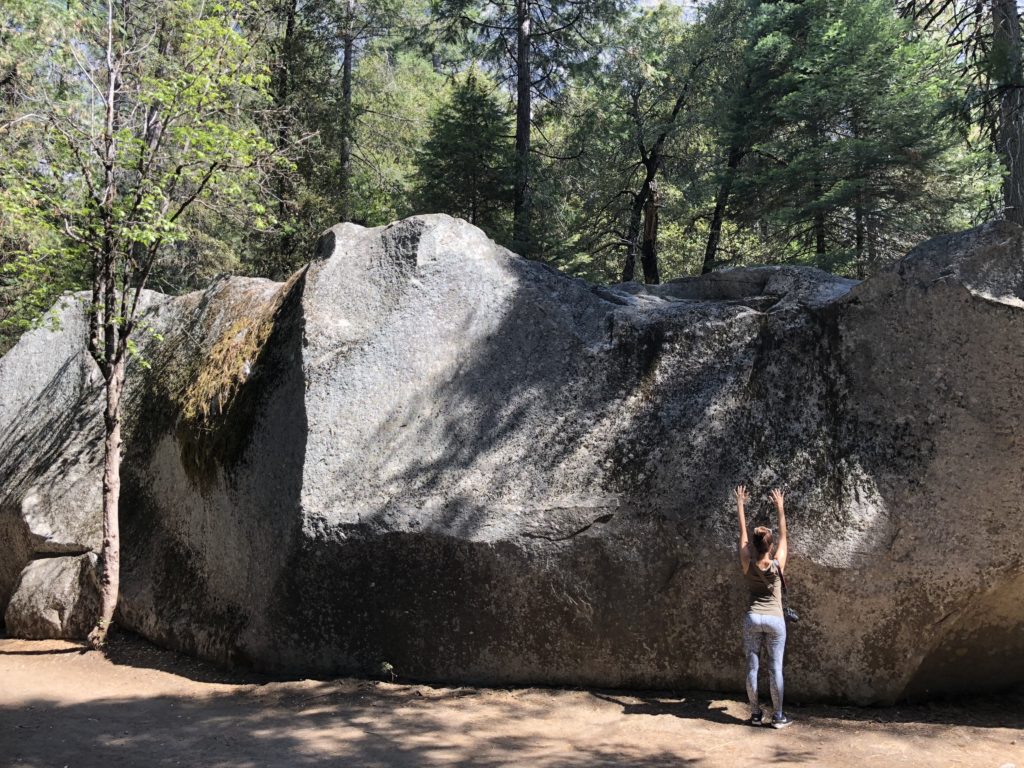
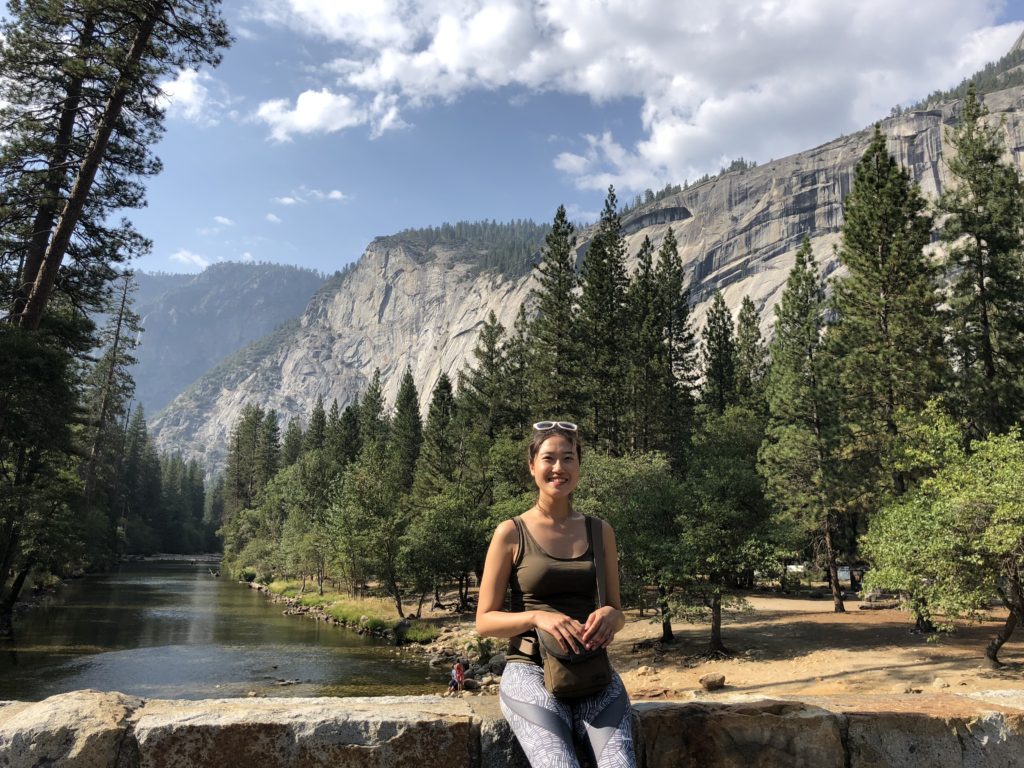
We also enjoyed a stroll through the Tuolumne Grove of giant sequoia trees. A giant sequoia is a type of ‘redwood’, and although it is not as tall as the Coastal Redwoods we had seen a few weeks before, it is far bulkier, making it the largest tree in the world by mass. In the past, these trees covered a large territory. Today, they are limited to fewer than a hundred small groves. Yosemite has three, and the Tuolumne Grove is home to a mere 25 of these giants. Giant sequoias require a specific combination of moisture and periodic fires. While a giant sequoia’s trunk can withstand fire (thick spongy bark; few low branches to catch alight), competing tree species are burnt away, leaving more space, water and sunlight for the survivors. Also, burns expose base mineral soil that allows a giant sequoia’s seeds to take root. Early conservation practices of putting out forest fires as quickly as possible had the unexpected effect of severely denting the giant sequoia population.
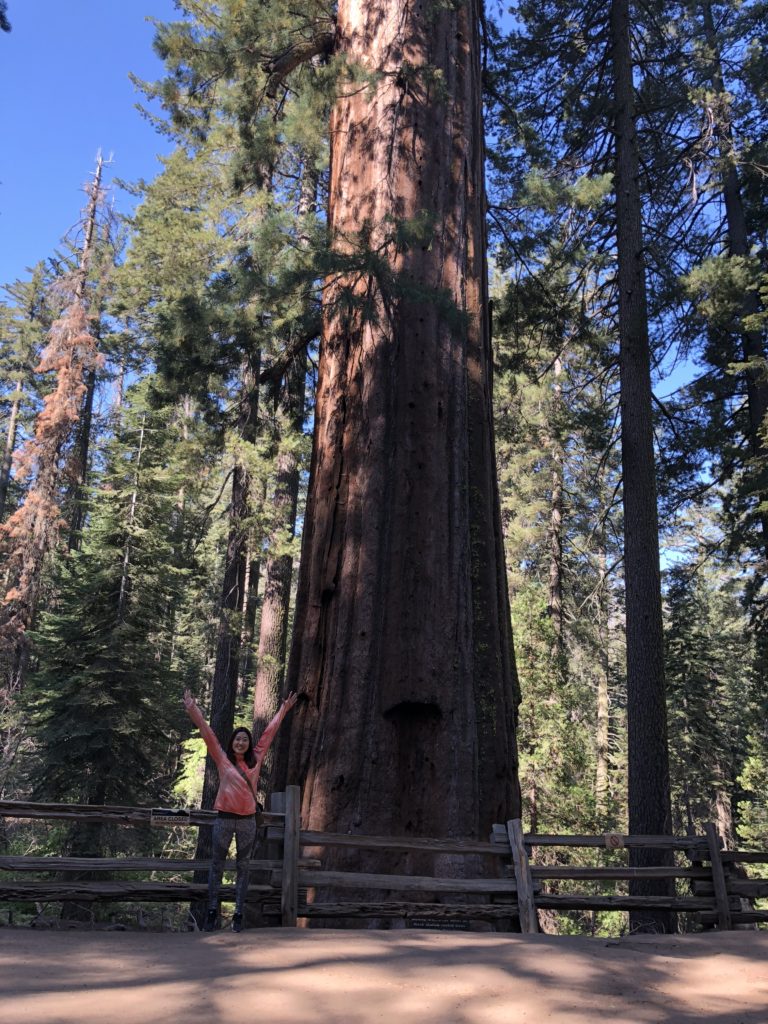
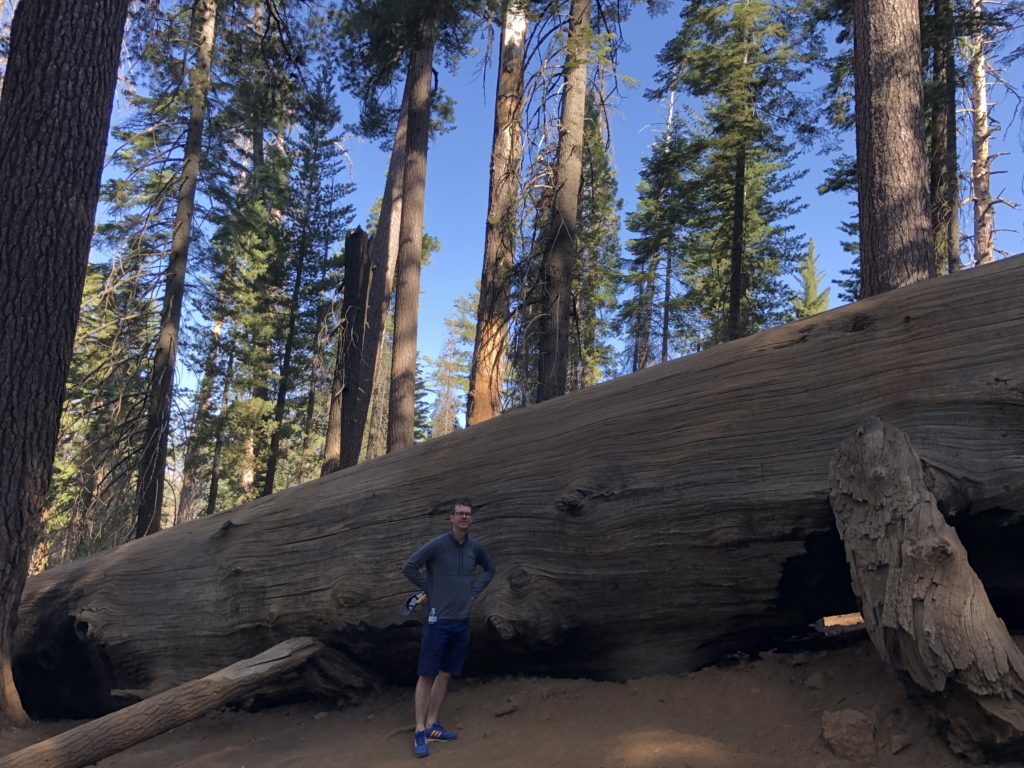
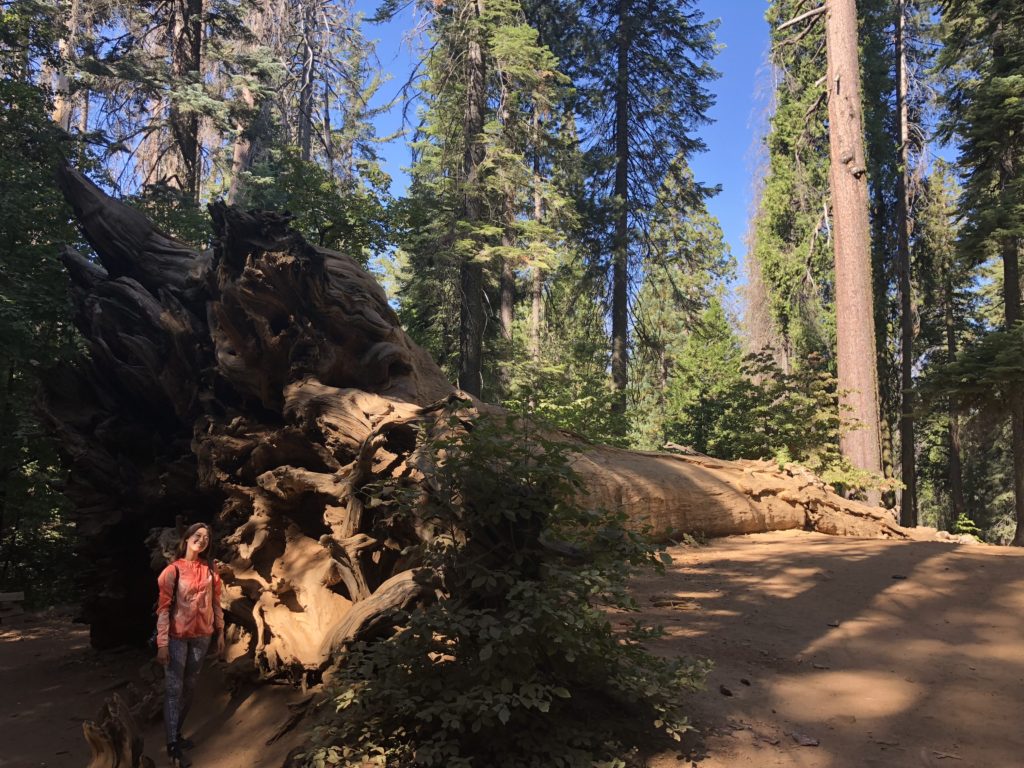

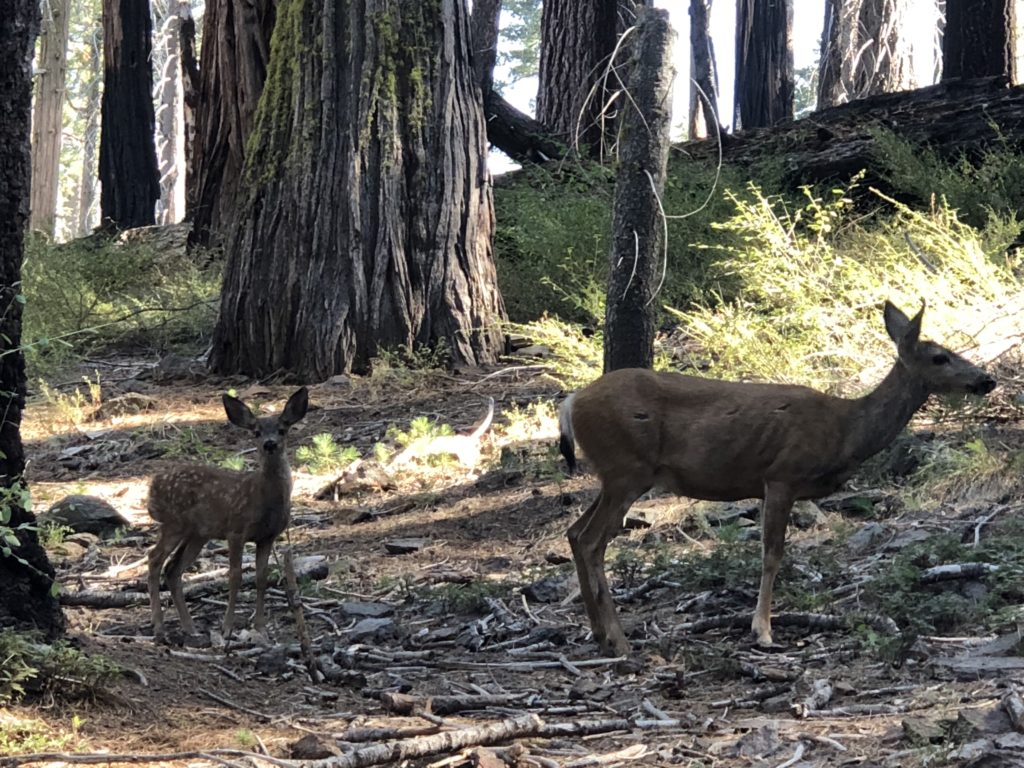
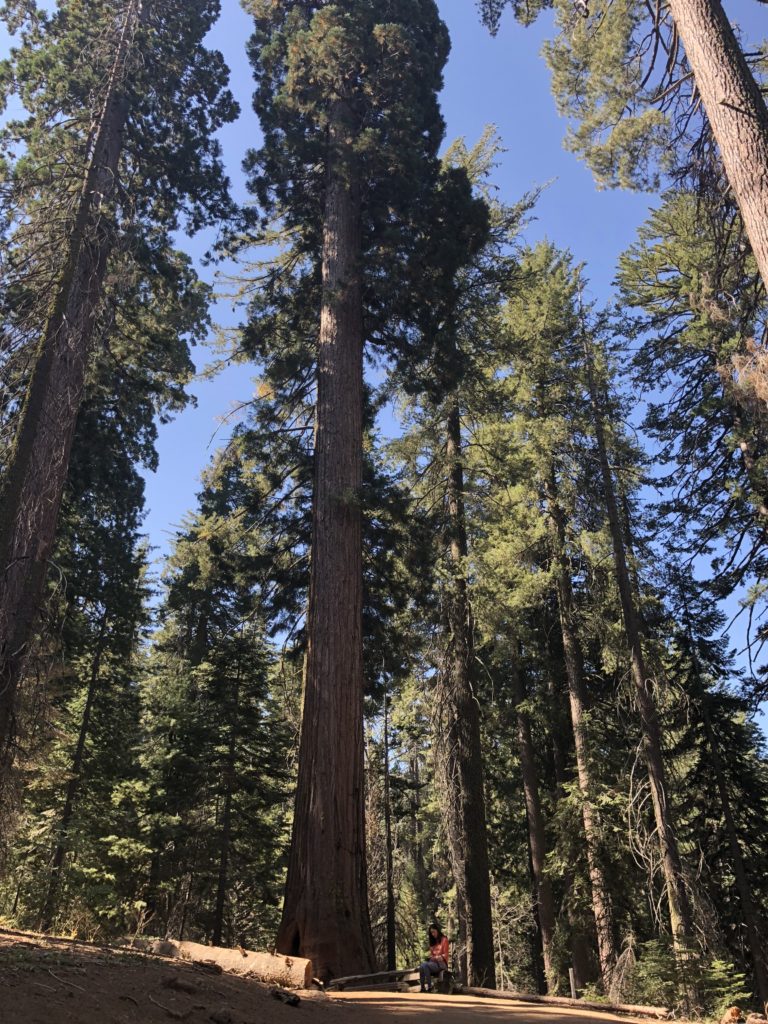
Yosemite Valley is exceptionally popular and has world class facilities – lodges, restaurants, grocery stores, a post office, bike paths, camp sites, a museum… there’s even a Starbucks.
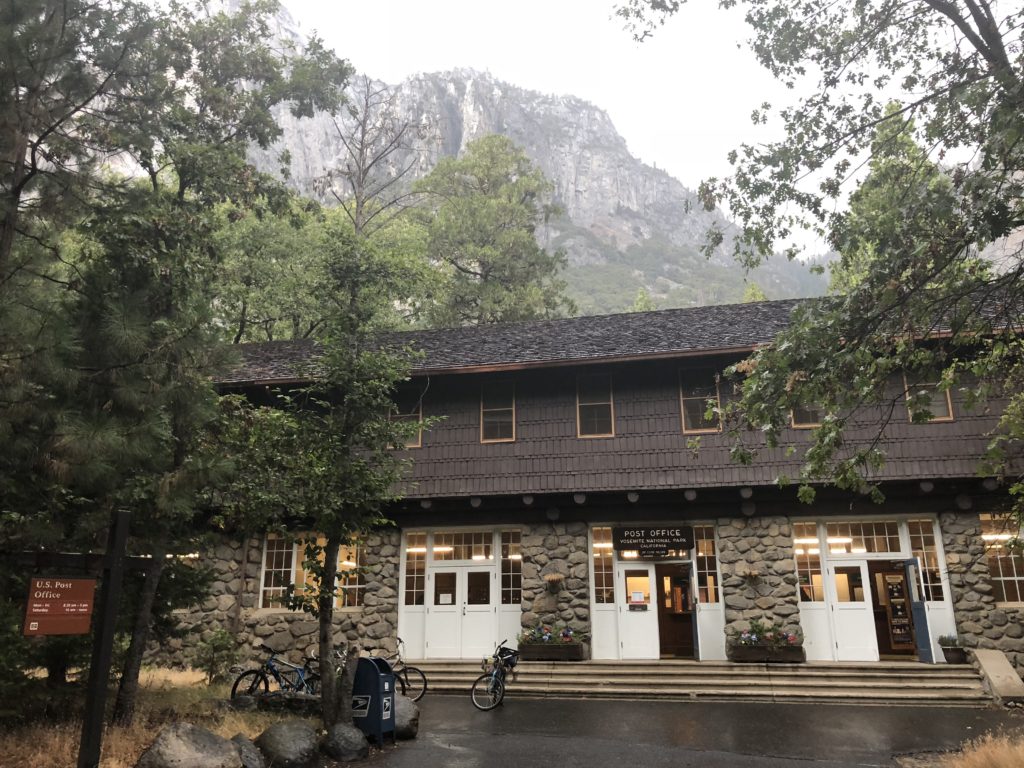
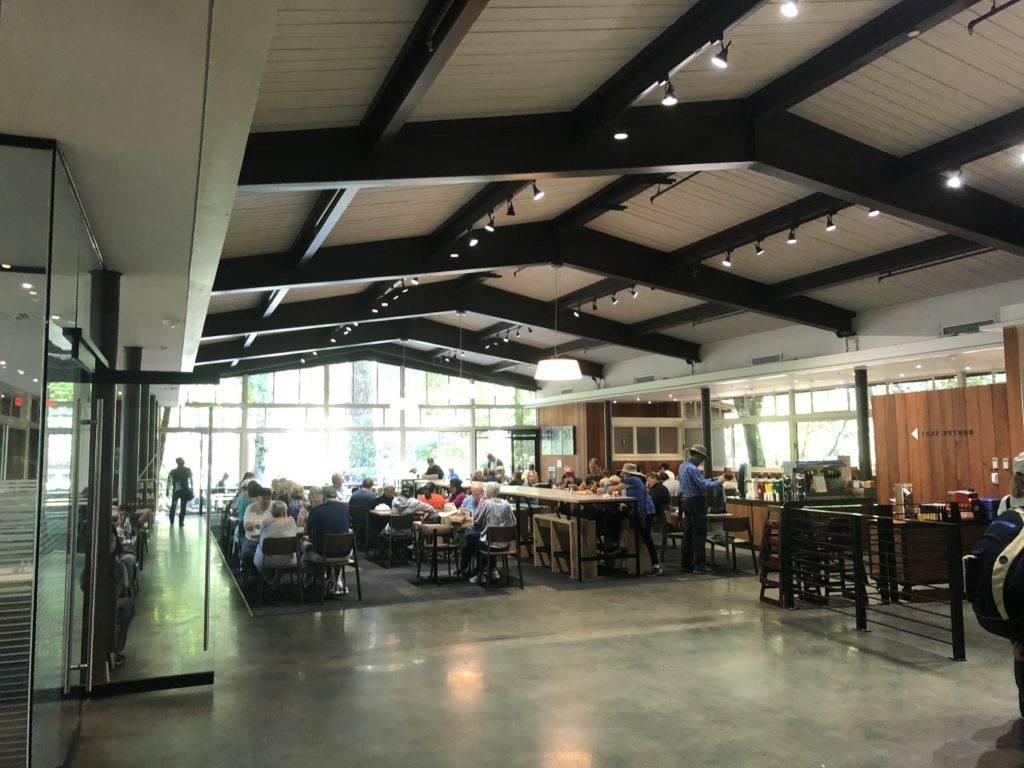
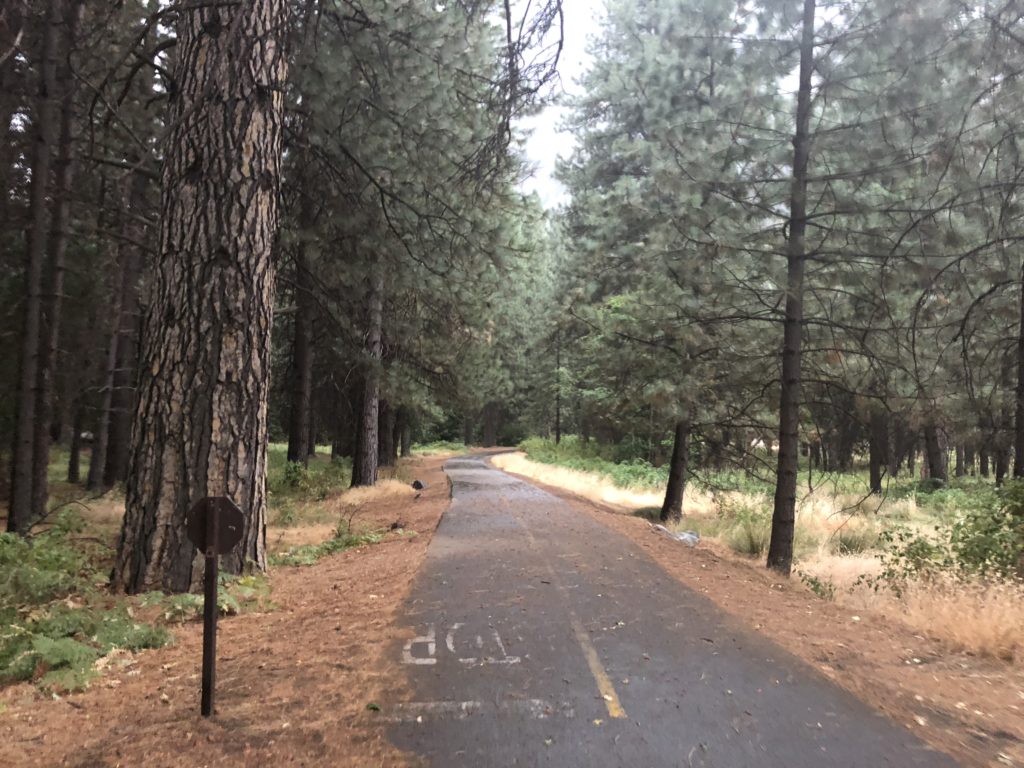
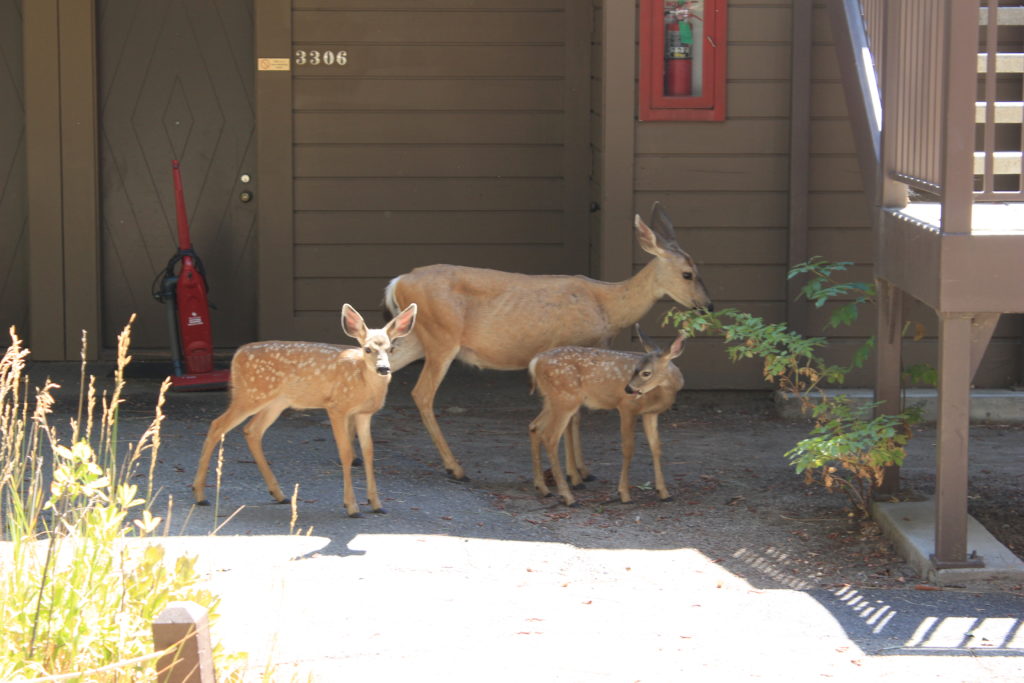
We took in a star viewing ranger tour, which involved heading up to a helipad high up on a hill top, taking in a beautiful sunset, and then watching the night sky put on its brilliant show. We were guided through planet spotting, mythological constellations, and some of the science and stories of the galaxies. Top class.
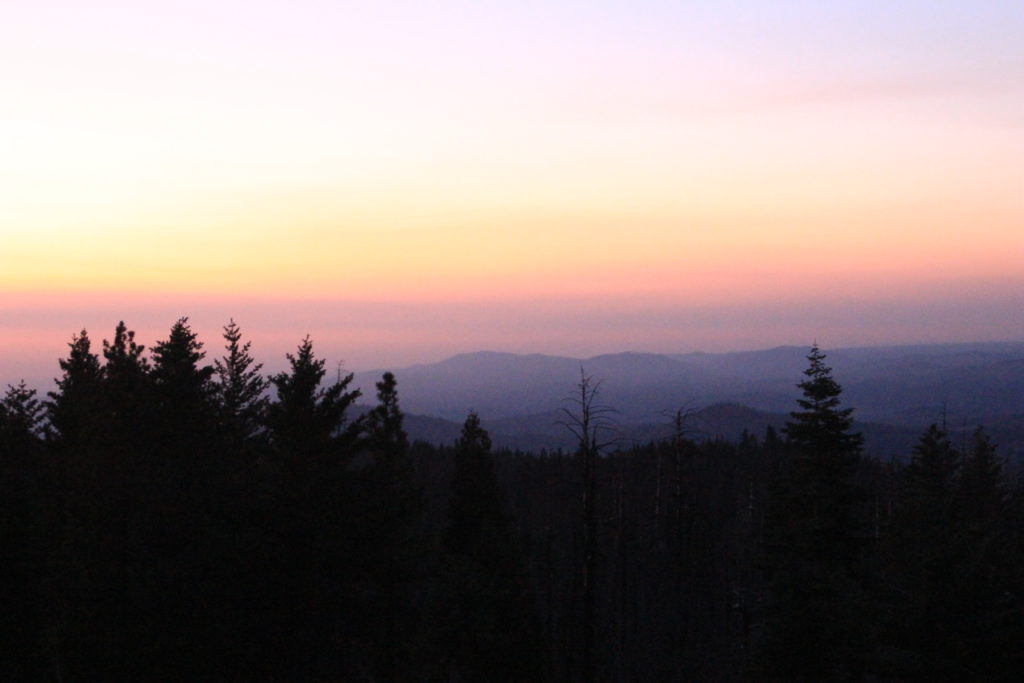
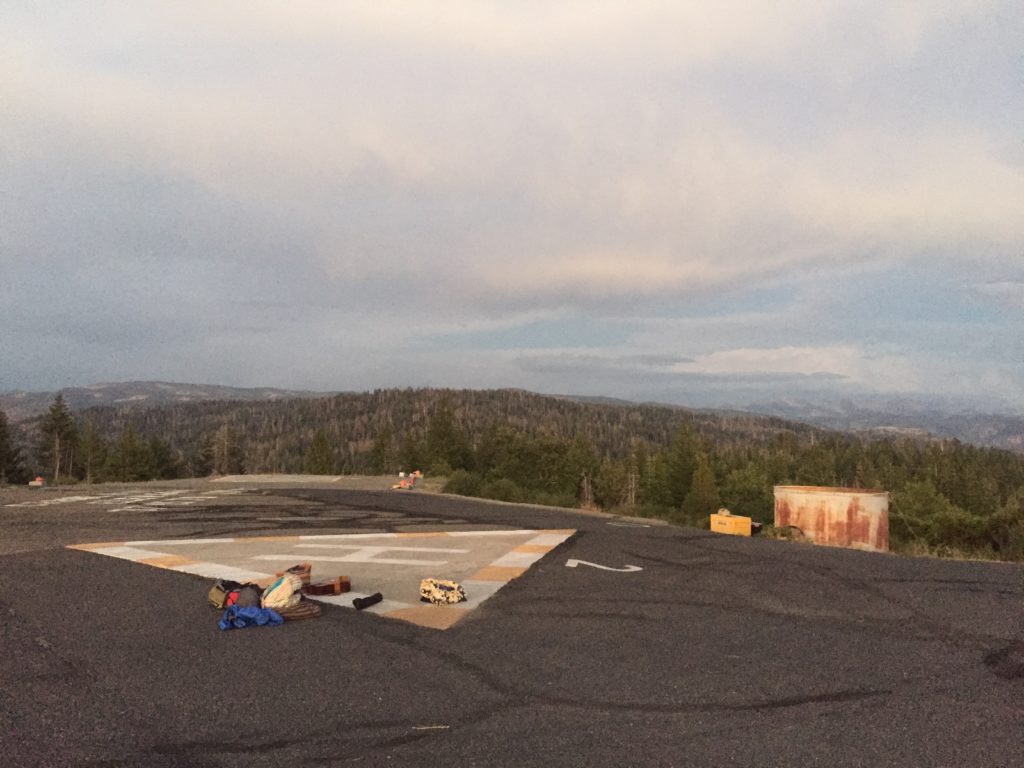
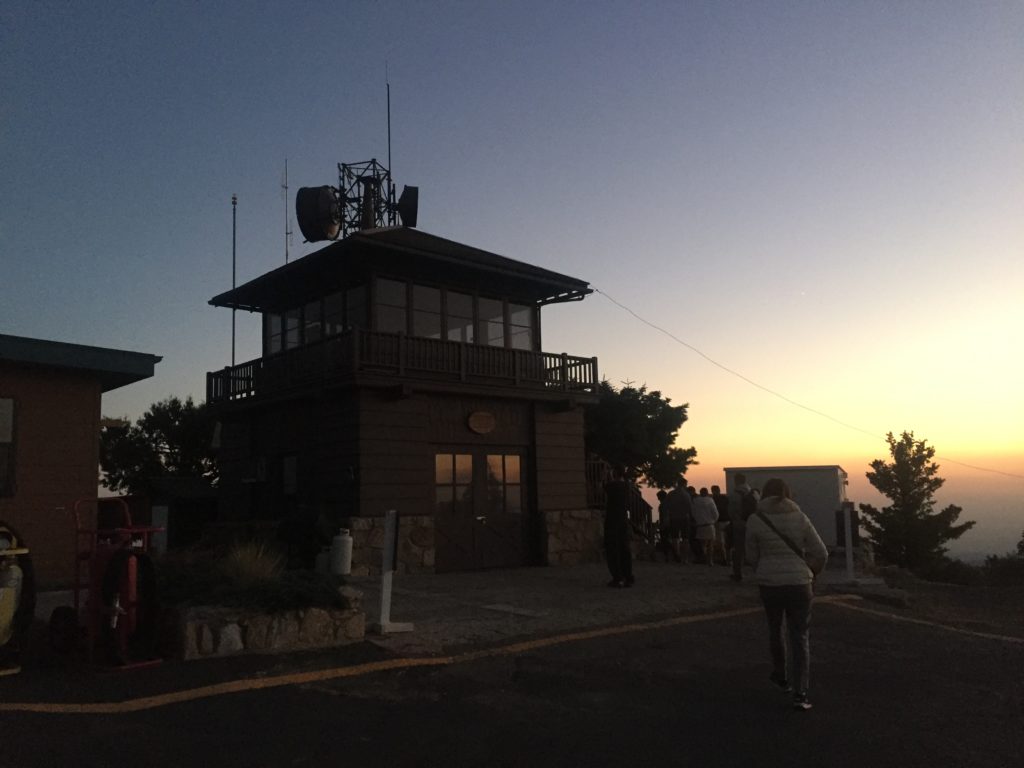
Yosemite National Park is a complete escape from California’s busy cities. Serene streams rolling through beautiful green forests parted by sculpted granite watchtowers. We spent a wonderful few days camping at the Crane Flat campground (we had become camping pros at this stage) and exploring the wilderness. Our next destination was another type of escape – we were heading southwest across central California for the wild coast of Big Sur.

